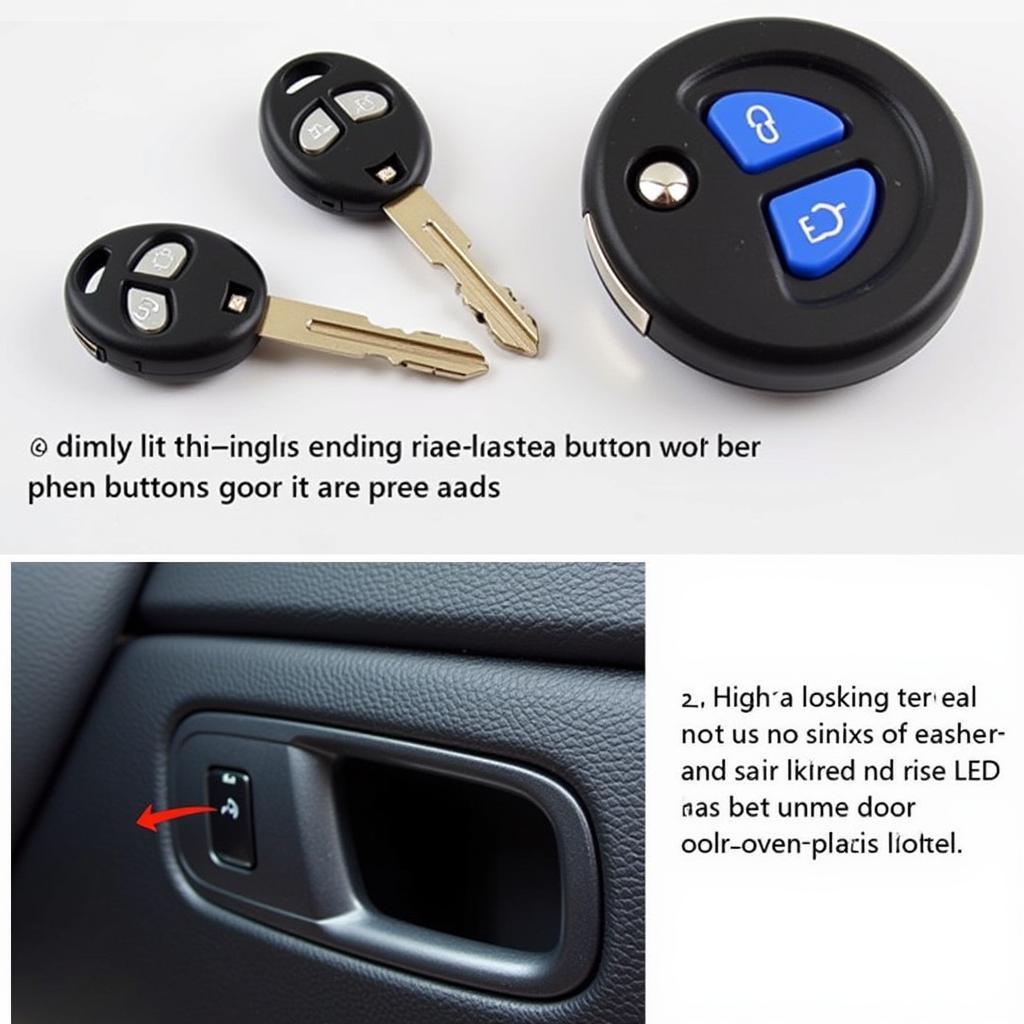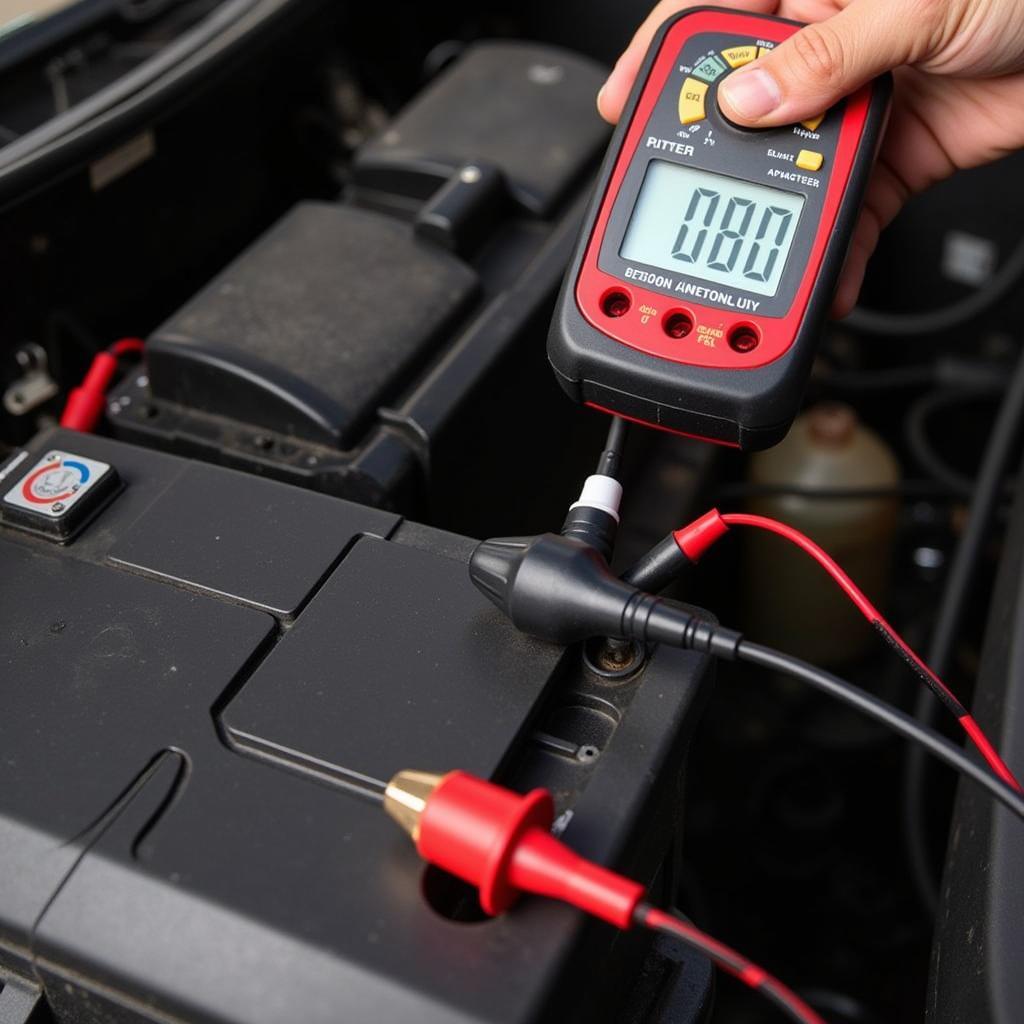The AdBlue system in your Seat Alhambra plays a crucial role in reducing harmful emissions. However, you may encounter situations where the system needs to be reset, such as after a refill or if you’re facing an error message. In this comprehensive guide, we’ll walk you through the process of resetting the AdBlue system on your Seat Alhambra.
Understanding the AdBlue System
AdBlue is a urea-based solution that is injected into the exhaust stream of your car. It breaks down harmful nitrogen oxides (NOx) into harmless nitrogen and water vapor, reducing air pollution. The AdBlue system includes a tank that holds the solution, a dosing unit that injects the AdBlue into the exhaust, and a control unit that monitors the system and communicates with the car’s computer.
Why You Might Need to Reset AdBlue
You might need to reset the AdBlue system in your Seat Alhambra for several reasons, including:
- After refilling the AdBlue tank: Resetting the system after a refill ensures accurate measurement of the AdBlue level.
- If you receive an error message: The AdBlue system may display an error message if there’s a problem with the system, such as a low AdBlue level or a malfunctioning sensor. Resetting the system may clear the error message and allow you to continue driving.
- If you have performed maintenance: After maintenance or repairs involving the AdBlue system, it may be necessary to reset the system.
Resetting the AdBlue System on a Seat Alhambra
The process of resetting the AdBlue system on your Seat Alhambra may vary slightly depending on the model year and trim level. However, the general steps are as follows:
- Turn the ignition key to position II: This will power up the car’s electrical system without starting the engine.
- Press the AdBlue button: The AdBlue button is usually located on the dashboard or center console. Depending on your model, it might be labeled “AdBlue” or “DEF.”
- Follow the on-screen instructions: The car’s display will guide you through the resetting process. It may involve pressing a specific button or navigating through the menu using the steering wheel controls.
- Wait for the system to reset: Once you have completed the steps, the system will reset itself. This may take a few minutes.
- Turn the ignition off and start the engine: After the system has reset, you can turn the ignition off and then start the engine.
Expert Tip:
“Always consult your owner’s manual for the most accurate instructions specific to your Seat Alhambra model year and trim level,” says [Expert Name], an experienced automotive technician.
Troubleshooting Tips
If you’re experiencing AdBlue-related issues that persist after resetting the system, consider the following:
- Check the AdBlue tank level: Ensure the tank is full and the AdBlue solution is compatible with your car.
- Inspect the AdBlue sensor: The sensor might be faulty, causing inaccurate readings and error messages.
- Check for leaks: Look for leaks in the AdBlue system, which could indicate a damaged hose or a loose connection.
- Consider a professional inspection: If you’re unable to resolve the issue yourself, it’s best to consult a qualified mechanic.
FAQs
Q: What happens if I don’t reset the AdBlue system after refilling?
A: The car’s computer might not recognize the new AdBlue level, resulting in inaccurate readings and potentially triggering an error message.
Q: Is it safe to reset the AdBlue system myself?
A: Yes, resetting the AdBlue system is generally safe and straightforward. However, always follow the instructions in your owner’s manual carefully.
Q: What are the consequences of neglecting AdBlue-related issues?
A: Ignoring AdBlue-related issues can lead to reduced engine performance, reduced fuel efficiency, and potential damage to the exhaust system.
Conclusion
Resetting the AdBlue system on your Seat Alhambra is a simple process that can resolve various issues related to the system. By following these steps and troubleshooting tips, you can ensure your car operates efficiently and meets emission standards. Always consult your owner’s manual for detailed instructions specific to your model.



